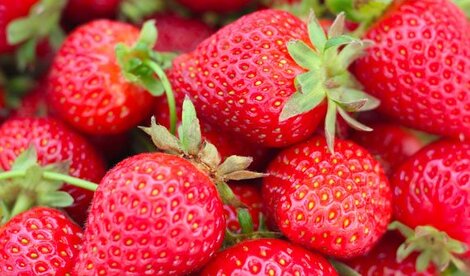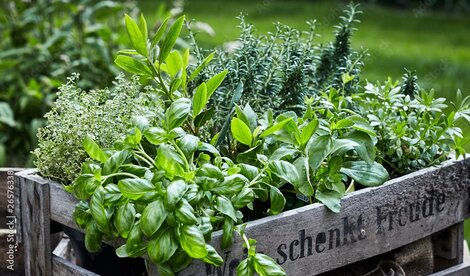Finding the right place to begin with your growing journey is tough. Before starting though, the most important question to ask yourself might be...
Why grow your own?
High demand from supermarkets has lead, over the decades, to a round-the-clock growing industry that prioritises constant availability of all produce, regardless of seasonality or location.
In order to keep up with this demand, almost all growing worldwide winds up being consumed extremely far away from where it was grown; strawberries from New Zealand in European supermarkets, for example.
Growing on a massive scale to support global demand requires planting, supporting and managing millions of acres of resilient, hardy produce, which are rarely the tastiest varieties. To guarantee freshness, this produce is either frozen or shipped extremely quickly via air freight, a carbon footprint impact that is increasingly hard to ignore for non-essential foodstuffs like those strawberries. Pesticides, too, need to be employed to manage those millions of crops that cannot be individually tended to.
All this comes before the increasing levels of evidence that some of the packaging our food is shipped in is potentially harmful to us in the long term, with some plastics failing to remain chemically inert over time.
So with that in mind... growing your own, a few metres from your back door, eliminates all of this. Your food's journey is known to you, the pesticides you use (or don't) are those you chose for yourself and the mileage from plant to plate is... well, as far away as your balcony might be! Growing your own for yourself, your family and your neighbours is increasingly a viable option for food shortages and, with some luck, could become an essential way in which we sustain ourselves.
But where to begin?
If you agree and are eager to begin... where do you begin? We've compiled some guidance for all kinds of produce you can start growing in your VegTrug! Vegetables, fruits and herbs are all perfect candidates for planting in your VegTrug.

Fruits are a mainstay of the garden and can grow wonderfully in a VegTrug. Aside from being a healthy diet choice for the whole family, little ones will love picking their own sweet treats!

Herbs are a culinary essential for the home garden. Picking your own, fresh herbs right before cooking with them guarantees incredible flavour and freshness.

Vegetables are... well, exactly what the VegTrug is for! Fresh produce, eaten raw or cooked always tastes better when it is fresh from your garden moments before.